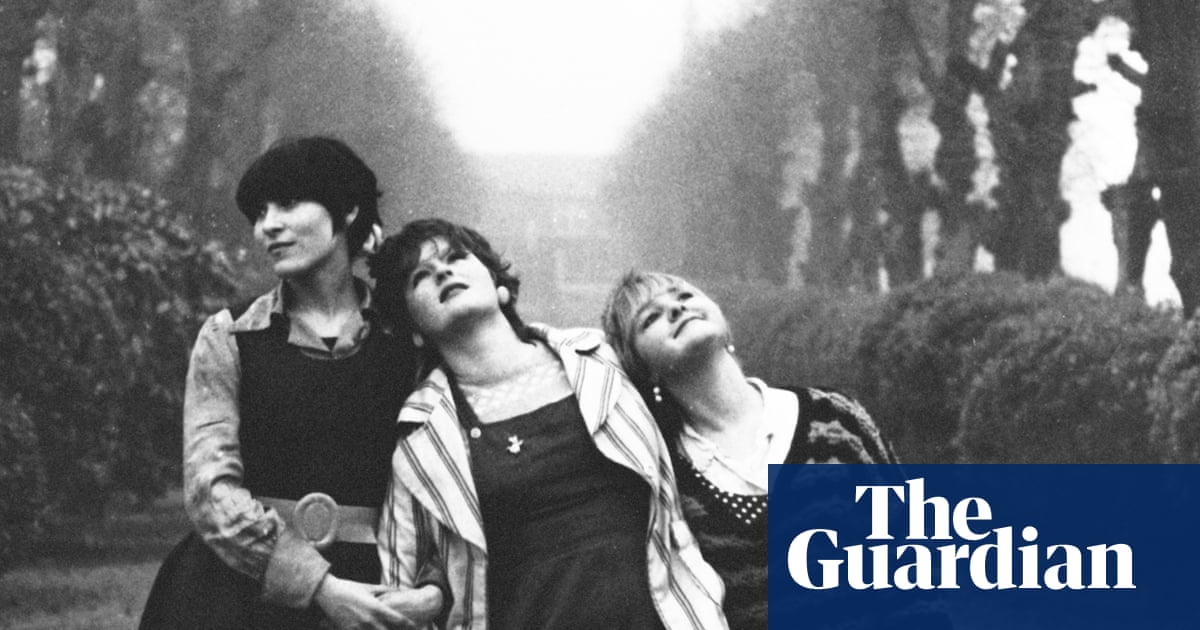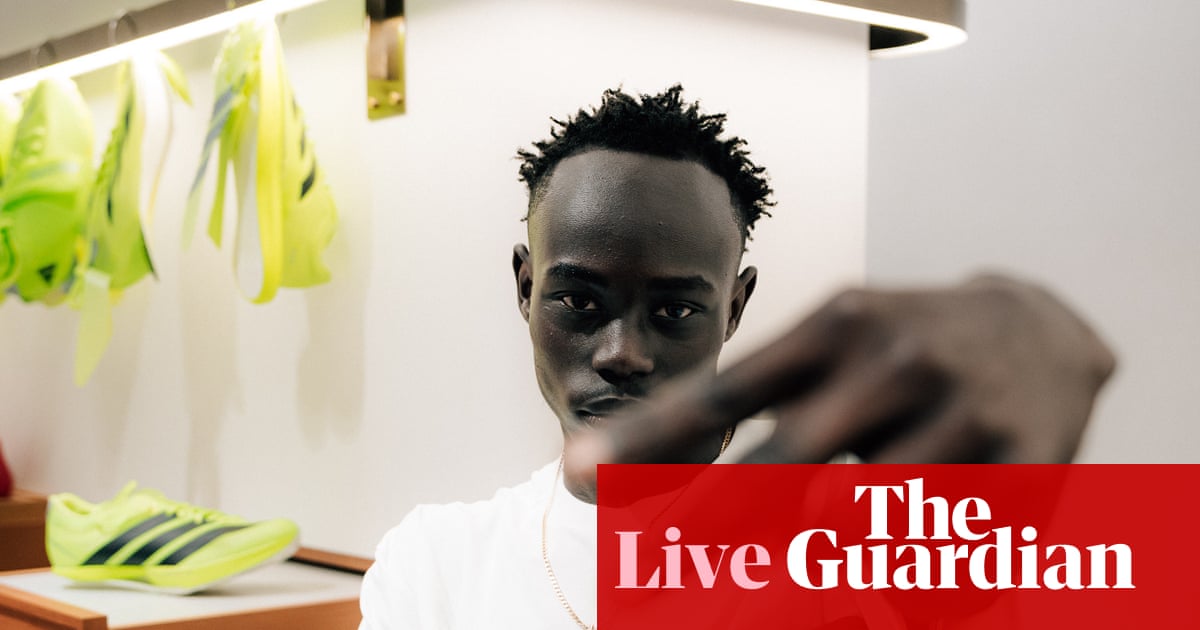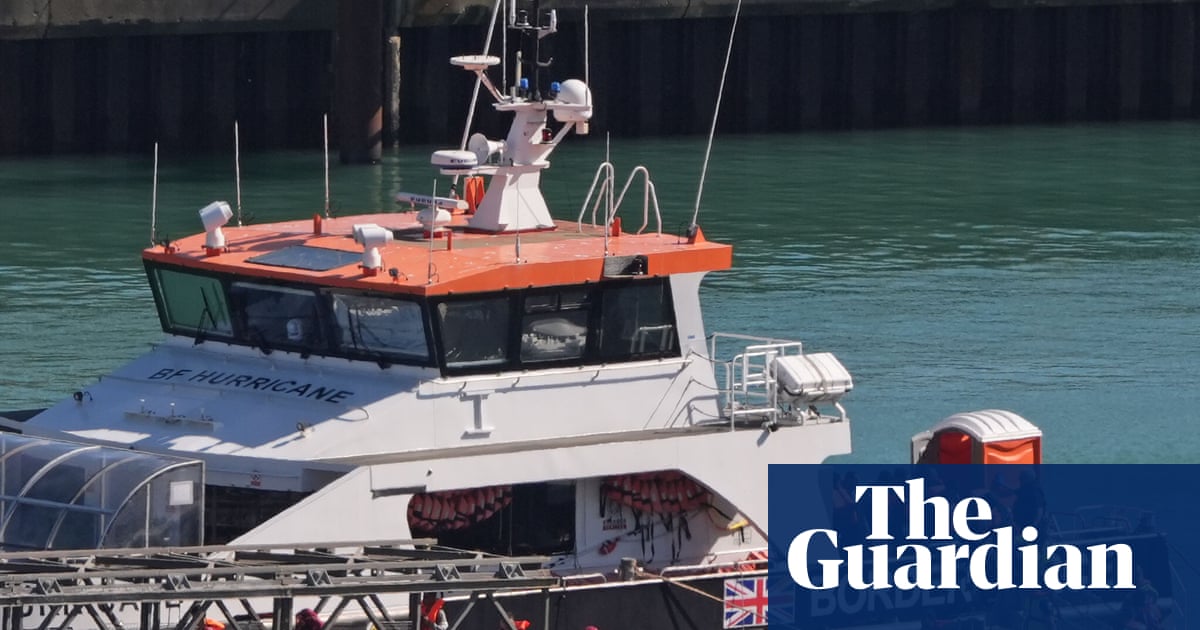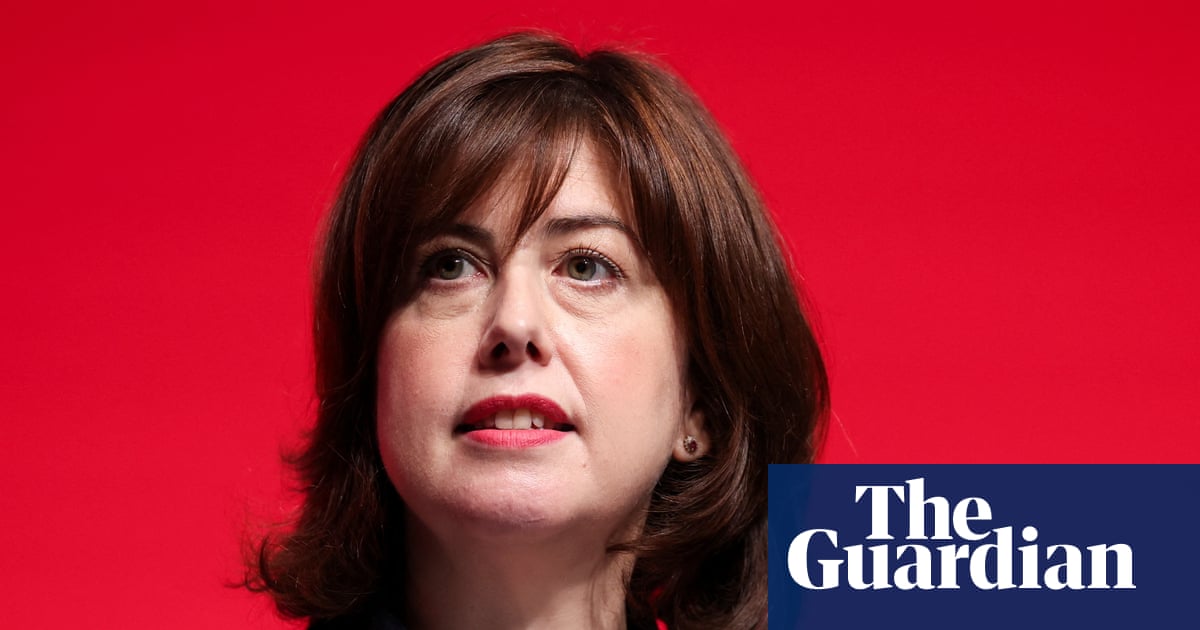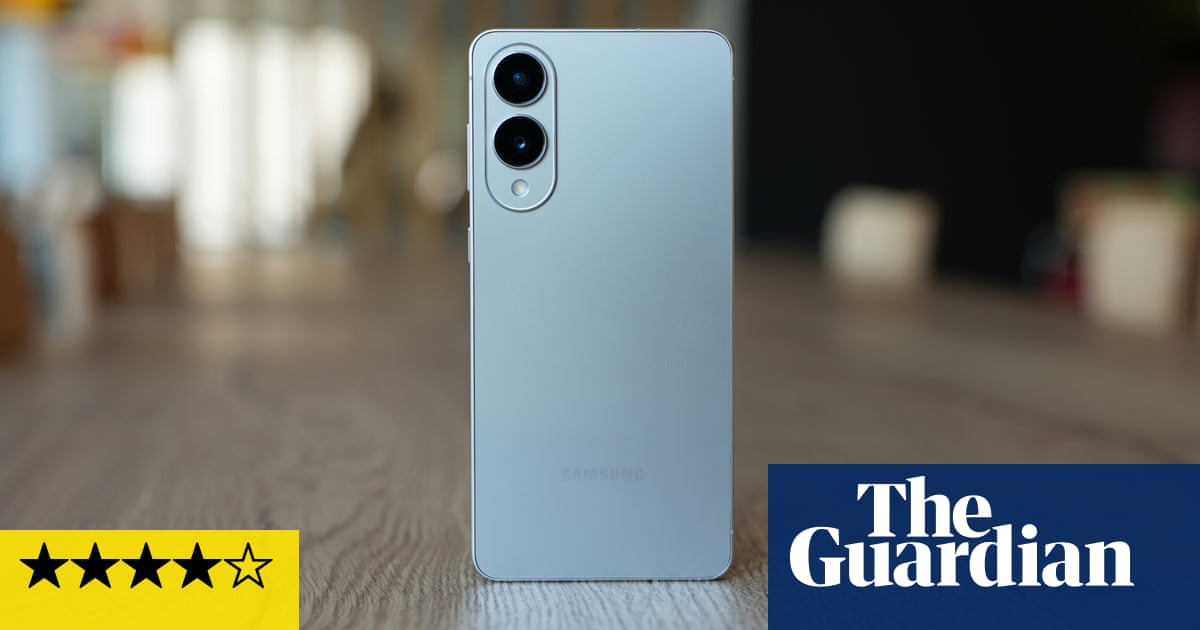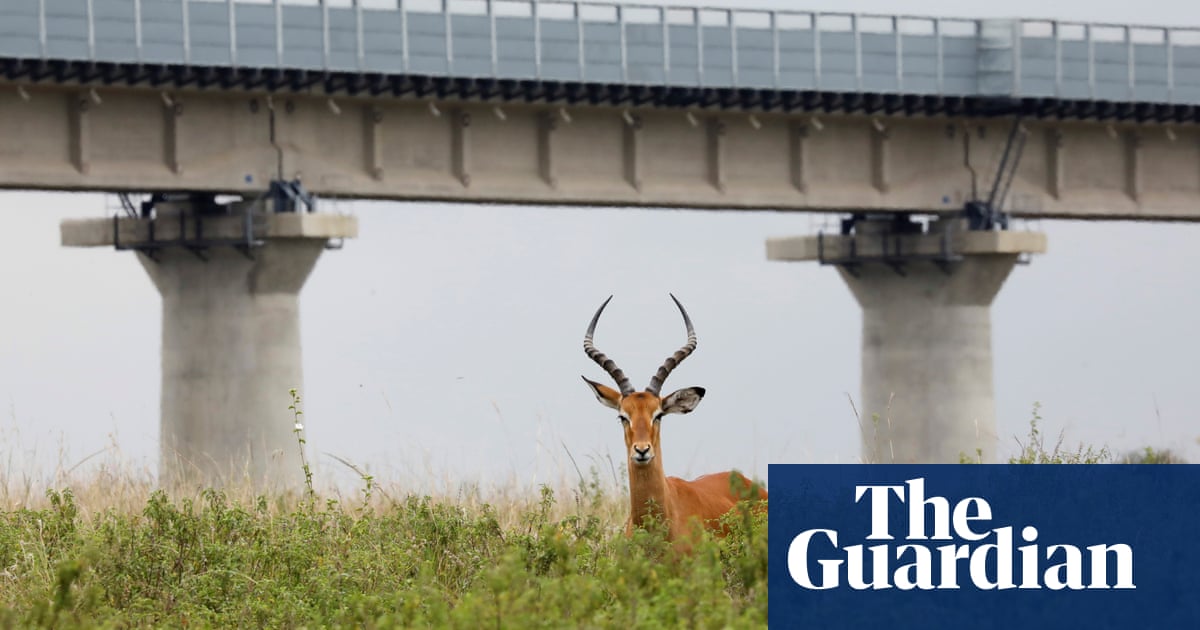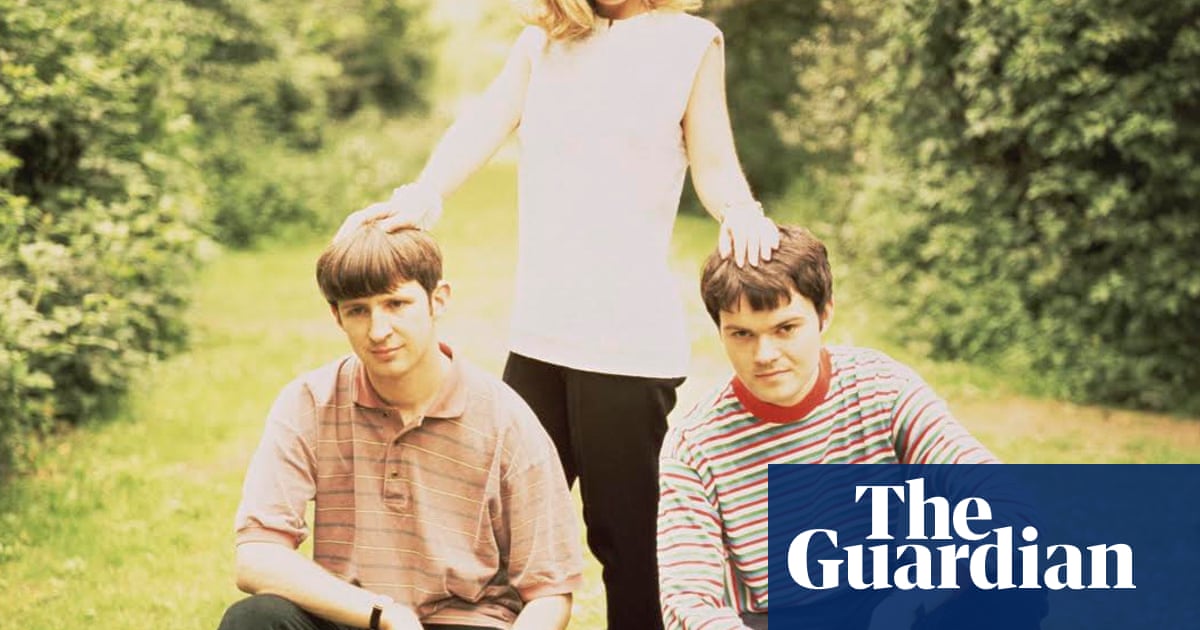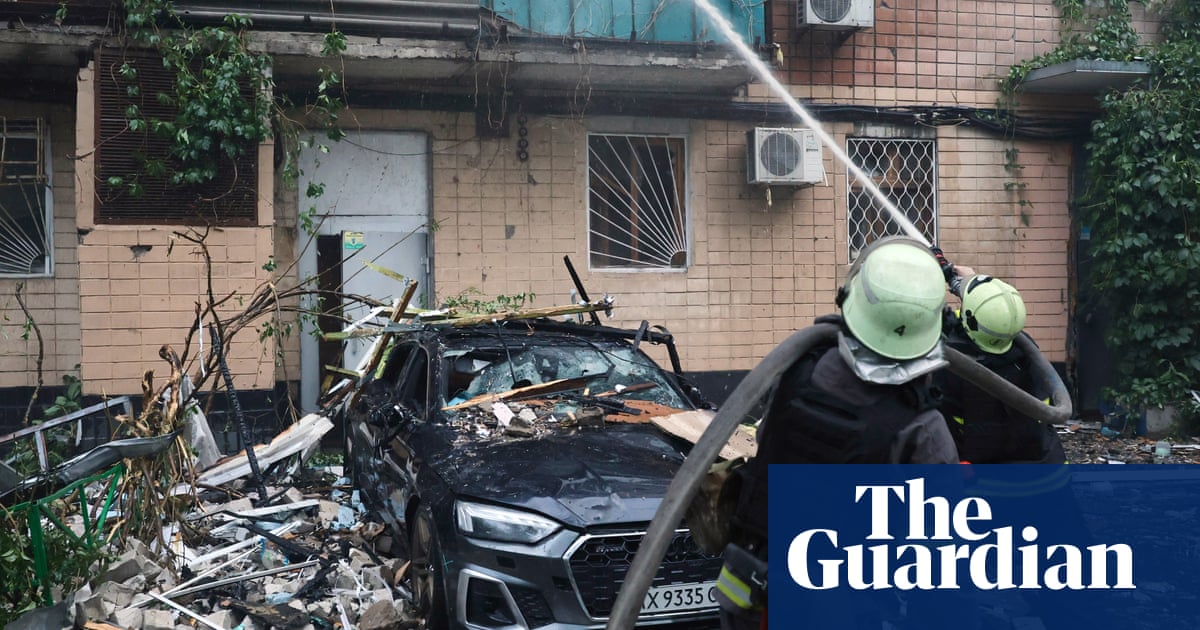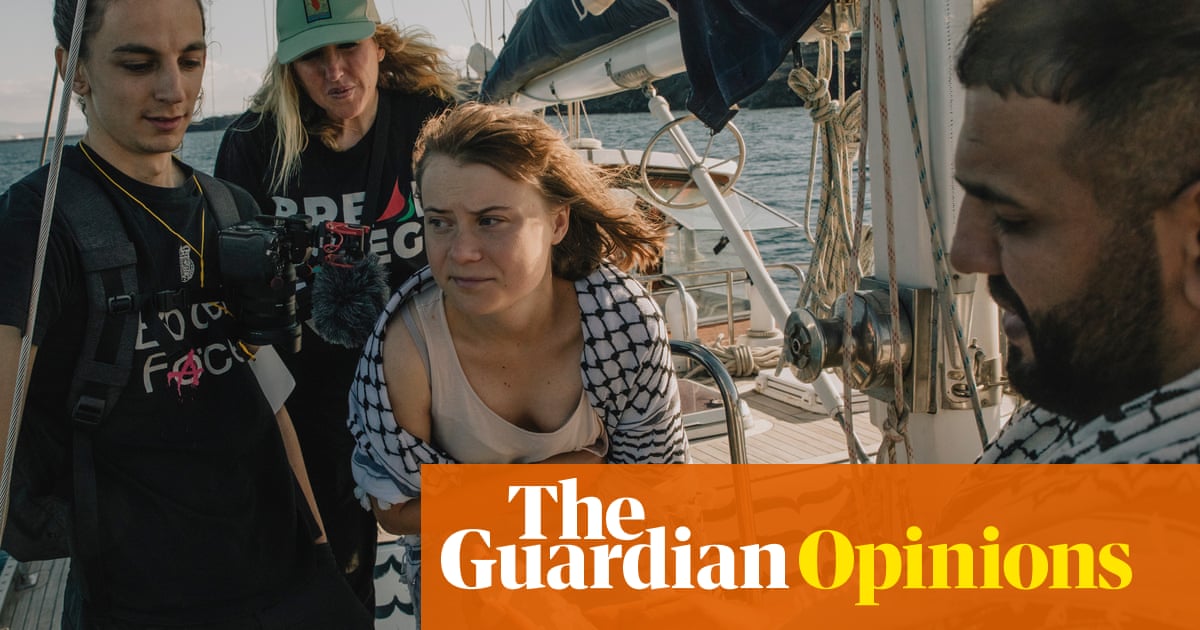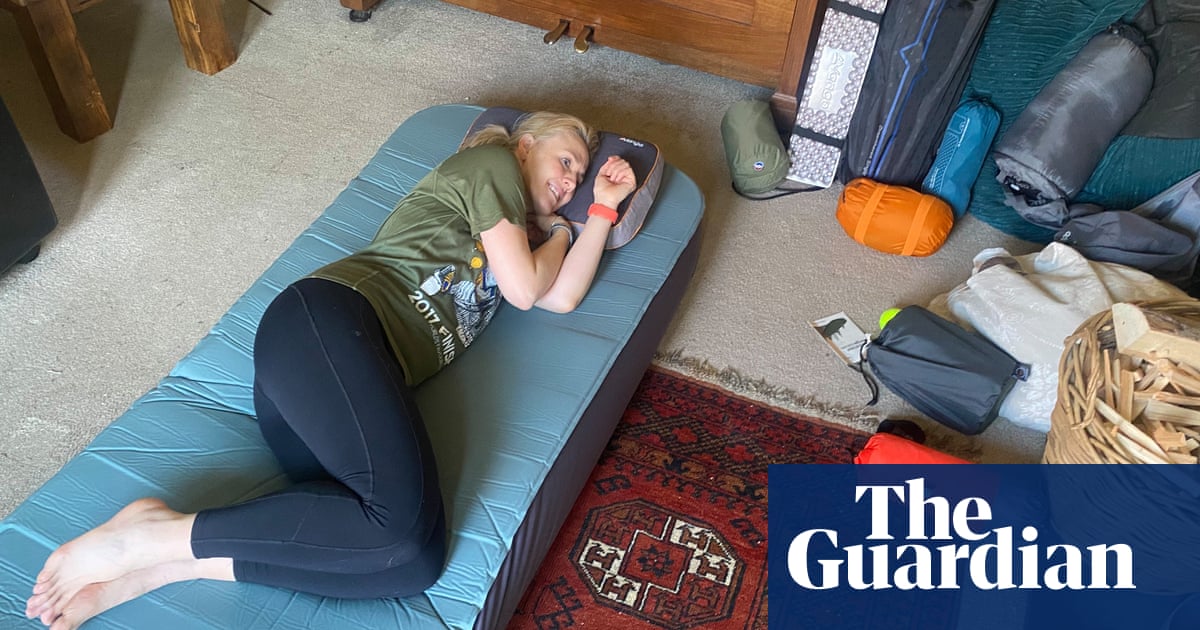Whether for weekends, music festivals or longer overseas adventures, many Britons have fallen in love with the idea of owning a campervan.
A home on wheels means you can enjoy the great outdoors without worrying about broken tent poles or deflating airbeds. With a memory foam bed, air conditioning and wifi on the long list of bells and whistles you can add, Daniel Lopez, the managing director of Sussex Campervans, jokingly describes van life as “camping with standards”.
He says: “Campervan life suits people of all ages. The one thing they tend to have in common is a love of the outdoors and the desire to make the most of their leisure time.”
But how much does a pop-top roof under the stars cost and what are the other financial outlays involved?
Buying a van
How much you need to budget for your vehicle depends on whether you are happy with a secondhand model or have your heart set on a brand new top-of-the-range Volkswagen California Ocean, complete with a two-tone white and blue paint job for an extra £3,000.
You can get your hands on a used campervan for under £10,000 but new vehicles can cost anything from £40,000 for an entry-level model, such as the Peugeot Boxer, to north of £85,000 for a hybrid Ocean.
Prices for used campervans are largely dictated by age, mileage, condition and desirability, says AutoTrader’s Tom Roberts. “A used 2001 Mazda Bongo campervan conversion that sleeps four people with a pop-top roof will cost £5,000-£7,000, while a similar 2001 Volkswagen Transporter would set a prospective buyer back an extra £11,000.”
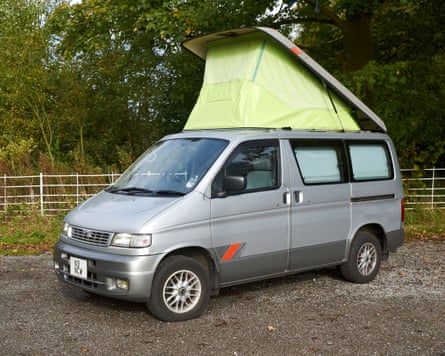
Most offer the same basic amenities such as gas connections, water tanks, a small kitchen area and sleeping areas, but some come with showers, pop-top roofs and solar panels.
“A 2017 version of the Transporter would probably cost about £30,000 due to more modern used campervans being in better condition and therefore holding their resale value,” Roberts says. As a buyer you could opt for a finance deal to spread the cost.
A key step is to decide whether you want to buy from a dealership or a company that specialises in bespoke conversions, or hunt down a classic such as the VW type 2. A growing number of Britons are also embarking on DIY conversions.
Traditionally campervans have been based on panel vans with diesel engines because they provide the most torque and the best fuel economy when the van is loaded up. However, petrol models are becoming more common, and there are electric options such as the Nissan e-NV200 and Vauxhall Vivaro-e. These are especially good for city dwellers worried about Ulez charges.
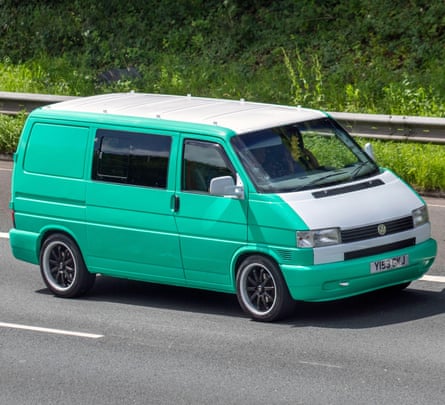
For many people the ideal is a new VW. Its bestselling California comes in three progressively expensive models: Beach Camper, Coast and Ocean. You can drive away a Beach Camper for £63,500 (£71,300 hybrid), while the Ocean starts at £77,600 (£85,400 hybrid).
However, these prices are a guide as the bill can soon mount once extras ranging from a bespoke paint job to parking sensors and cameras are added. The lead times for orders vary, depending on specification, but the average is three to four months, so you won’t be taking it on holiday this summer.
Lopez, whose company builds bespoke campervans, advises would-be buyers to consider the “total cost” of ownership as well as “usability”. They don’t expect to, but some buyers find they end up using the van every day, he says. One customer uses his to pick up his newspaper and then heads to the beach with his dog. Afterwards he “sits in the campervan reading the paper, drinking a coffee and the dog has a little sleep”, Lopez says.
While the investment is substantial, campervans lose value more slowly than cars, he says. “We generally say that you lose the VAT in your first year, which is 20% and then 10% a year after that. So say you paid £50,000 for a campervan, after a year it is probably worth £40,000, after two years £36,000 and so on.”
Insuring your wheels
You need a dedicated policy for your campervan – you can’t just drive it under your existing car insurance. Typically, cover costs less than general van or car insurance. The usual factors affect the price, such as make and model, value, storage location, age and number of drivers, claims history and annual mileage.
Depending on your circumstances, you could get a quote for as little as £250 or more than £1,000. If the campervan is your main mode of transport this could drive up the premium but on the other hand, if you use it infrequently, this should bring it down. Specialists, such as Safeguard, Caravan Guard and Adrian Flux, are seen to offer the best value.
It is important to tell the insurer if it’s a self-build or professional conversion. A DIY conversion can make finding insurance more complicated, and insurers may ask for more information, including photos, before they give you a quote.
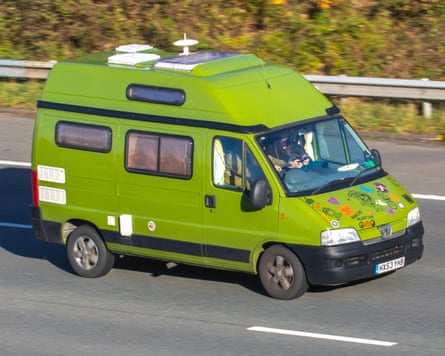
You must be upfront about any modifications you have made. Earlier this year Guardian Money reported on the case of an aid worker whose Transit van was stolen only for his claim to be rejected. This was because he had been using it as a campervan and had not told his insurer about an overhaul that included a kitchen, heater and solar panels.
These add-ons change the vehicle’s value and make it more attractive to thieves. Had the insurer known the full picture it might have upped the premium or pulled cover.
Insurance providers base their prices on risk – so if your van seems more likely to get stolen or damaged, you will pay more.
The value of the vehicle and where you live are the biggest drivers of price. “A high-risk postcode can make a huge difference to the premium,” says the Caravan Guard marketing director, Craig Thompson.
For those buying a van as an additional vehicle, it may be possible to mirror a no-claims bonus from an existing car insurance policy. Experience of driving larger vehicles can also lead to a bigger introductory discount. You could also opt for a higher excess.
Fitting a Thatcham tracking device can result in a considerable saving (25% at Caravan Guard), while an alarm can help, too. (Thatcham provides independent ratings for car alarms and immobilisers.) Insurers are also a fan of owners being able to park it on a driveway behind locked gates.
Thompson adds: “Physical security such as steering wheel locks can also qualify for insurance savings, as do safety devices such as reversing cameras – as you can imagine, reversing prangs are not uncommon.”
Being able to store it in a secure location, such as a locked garage, will also help.
Before you buy
Write a list of must-haves. For example, do you want to be able to stand up inside but still sail under car park barriers? Think about the sleeping arrangements as most manufacturers start with the bed design. What about a sink with running water, a Porta Potti or cab seats that swivel?
Also think about how many people will be along for the ride as this will dictate storage needs. You will need a rainy day fund for servicing and repairs, not to mention membership of a roadside recovery service in case something goes wrong.
Before investing thousands it is a good idea to get a sense of what sharing a small space with loved ones might be like. Rental sites such as Indie Campers or Quirky Campers allow you to try out different makes, models and conversion styles, and vans are available to pick up at locations around the country.
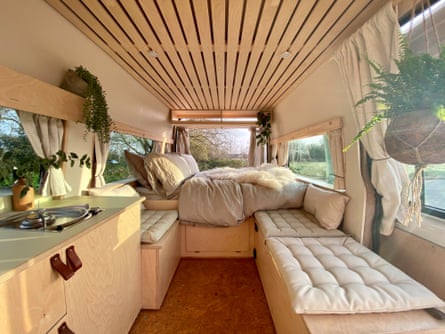
‘The biggest expense was the electrical setup’
Not all campervans are created equal, and with a bold interior featuring plants and animals inspired by the work of the Mexican artist Frida Kahlo, “Frida” has personality in spades.
Five years ago Lindsay Berresford and her husband, David Ffrench, paid £19,000 at a dealership for a Citroën Relay and then spent almost the same again to turn it into the “ultimate family campervan”.
The couple used the professional converters Rustic Simplicity to bring it to life with a wooden interior made of oak from reclaimed whisky barrels. The clever layout incorporates fixed triple bunks for their children Isaac, 11, and nine -year-old twins Autumn and Skylar.
“For us the biggest expense was the electrical setup – everything runs off a lithium battery which is charged from solar panels,” Berresford says.
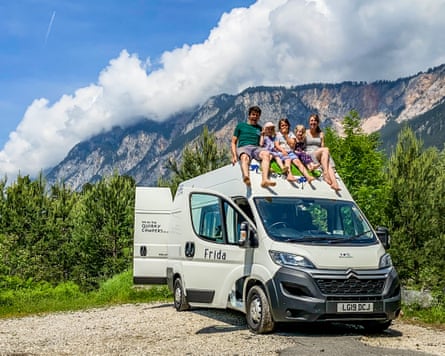
While touring with a family of five sounds ambitious, that’s not the case, she says. Although you do need to pack light. “Our wardrobe is made up of five wicker baskets which can be taken out and brought into the house to pack. You can only take the clothes that fit in the basket.
“We’ve been doing this since the kids were born. I think Isaac was three weeks old on his first trip, the twins were slightly older. It’s been amazing for us.”
The family spend about five weeks a year in the van, which does about 10,000 miles annually, including rentals.
While it is possible to fit lots of gadgetry the Bristol family’s setup is at the “simpler end” of the scale. “It’s luxurious to have a proper mattress but we don’t go for lots of fancy tech, which means there is less to go wrong,” Berresford says.
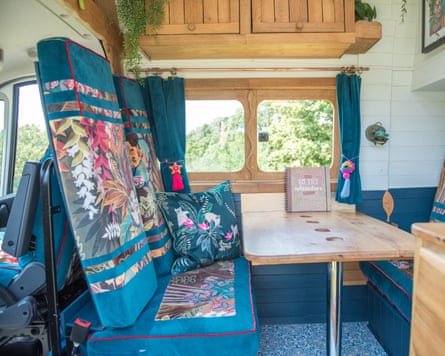
Their love of van life resulted in the couple inadvertently finding the rental website Quirky Campers. It was set up in 2010 to rent their previous van, Bella, when they spent some time overseas but the idea took off when friends wanted to use it to rent out their vans. Hiring Frida out through the site more than covers its annual running costs, which include £1,500 for insurance and breakdown cover.
The family’s most exciting adventure to date has been a six-week road trip across Europe, making it as far as Albania. A stop off in Croatia was particularly memorable with an unspoilt beach to play on. “We found a wild camping spot by the beach,” Berresford says. “For a few days we were totally off-grid.”

.png) 1 month ago
29
1 month ago
29








